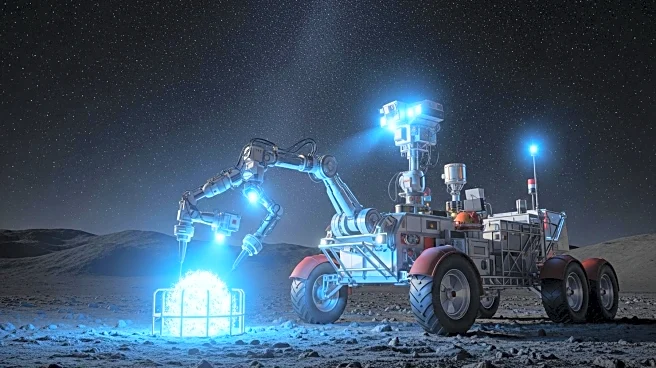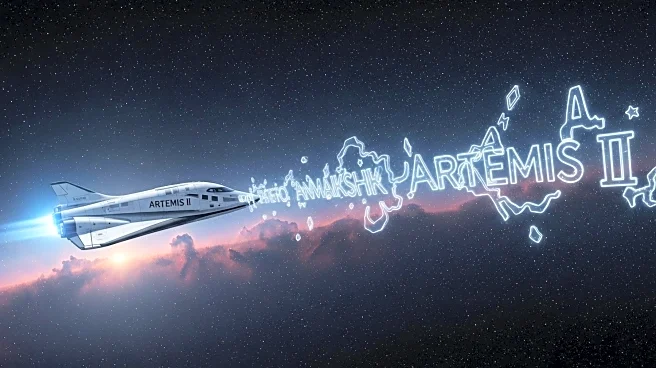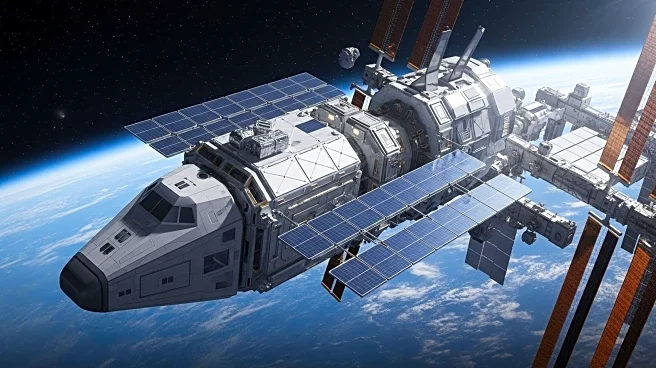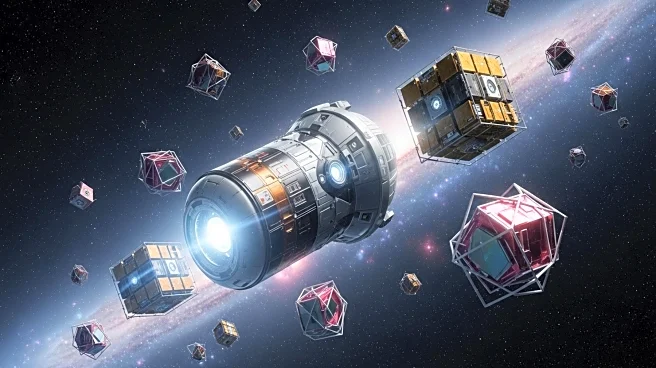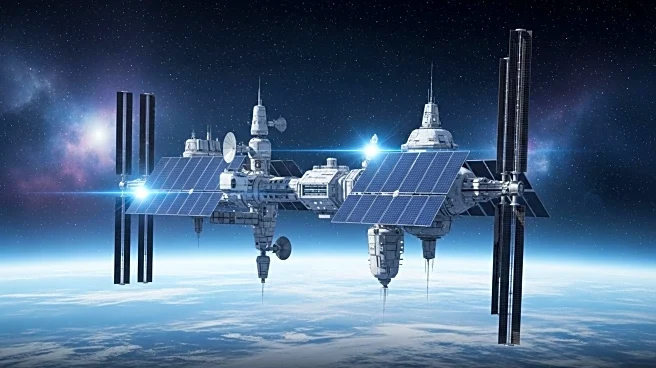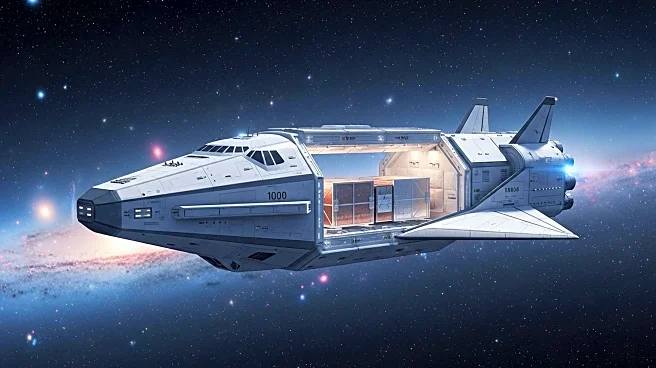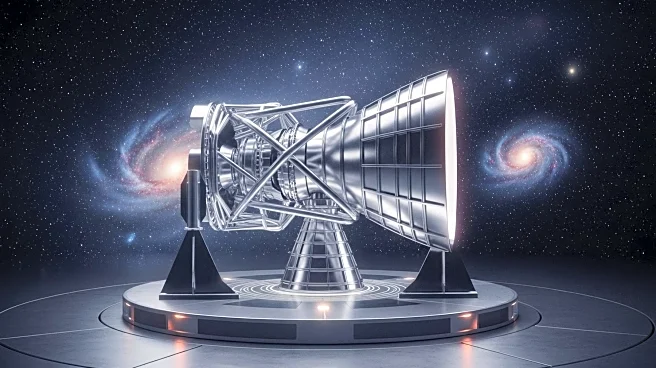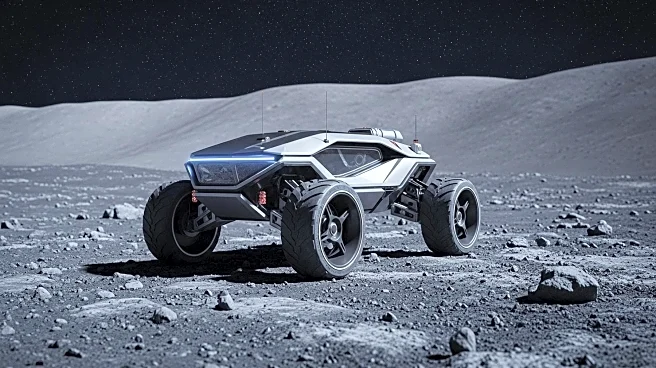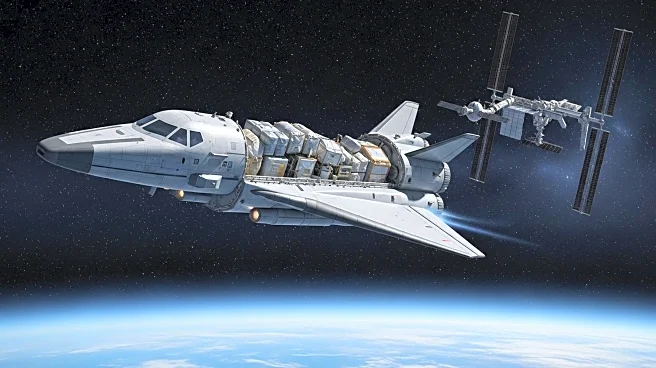What is the story about?
What's Happening?
Interlune, a startup focused on lunar Helium-3 mining, has partnered with NASA and other companies to develop technology for extracting Helium-3 from the Moon. Helium-3 is a rare isotope on Earth but is abundant on the Moon, deposited by solar winds over billions of years. It is crucial for quantum computing, requiring ultra-cold temperatures for operation, and has potential as a clean fuel for future fusion reactors. Interlune is developing a lightweight lunar excavator to process moon dust and extract Helium-3 on-site. The U.S. Department of Energy and quantum tech firms have already secured commercial agreements for this off-world resource.
Why It's Important?
Helium-3 is vital for quantum computing, which requires extreme cold to operate qubits without errors. The scarcity of Helium-3 on Earth poses a supply challenge, making lunar mining a strategic necessity. The isotope also holds promise for clean energy through fusion reactions, potentially revolutionizing energy production. The collaboration between NASA and private companies like Interlune signifies a new era of space resource utilization, with geopolitical implications as countries vie for control over lunar resources. Successful mining could lead to advancements in quantum technology and energy, impacting industries and national security.
What's Next?
Interlune plans to launch its first hardware on the Moon by the end of 2025, with a rover mission to map Helium-3 hotspots. A demonstration mining mission is targeted for 2027, aiming to prove the feasibility of lunar Helium-3 extraction. This could pave the way for scaling up operations and fulfilling commercial contracts starting in 2028. International cooperation and competition are expected to intensify, with potential regulatory frameworks being discussed to govern space resource extraction. The success of these missions could establish a new supply chain extending beyond Earth.
Beyond the Headlines
The pursuit of lunar Helium-3 is reminiscent of historical resource races, with potential geopolitical tensions as countries seek to secure strategic advantages. The development of lunar mining technology could lead to broader space industry growth, including the extraction of other valuable resources like water ice and metals. Ethical considerations regarding space resource utilization and international cooperation will be crucial in shaping future policies. The success of lunar Helium-3 mining could redefine energy and technology landscapes, driving innovation and sustainability.
AI Generated Content
Do you find this article useful?
